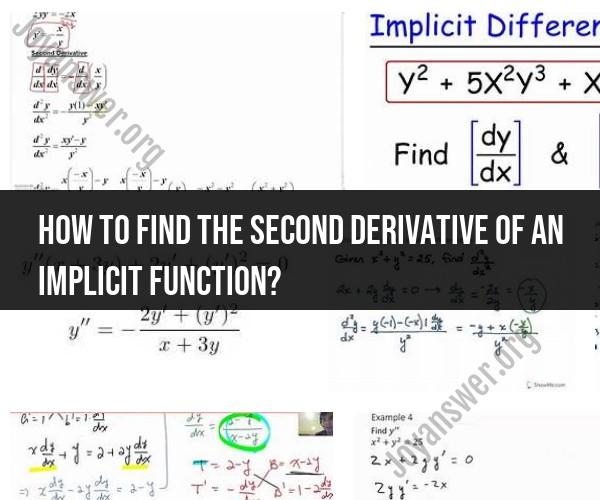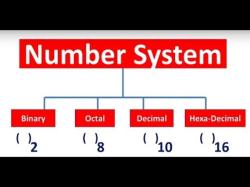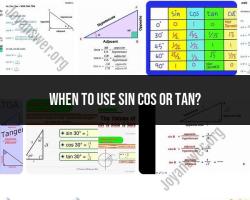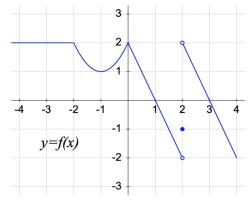How to find the second derivative of an implicit function?
Finding the second derivative of an implicit function involves taking two derivatives with respect to the independent variable (usually denoted as "x") while treating the dependent variable (usually denoted as "y") as a function of x. Here's a step-by-step guide to finding the second derivative of an implicit function:
Given: You have an implicit equation relating x and y, such as .
To find the second derivative :
Take the First Derivative: Differentiate both sides of the implicit equation with respect to x. This will give you the first derivative in terms of x and y. Use implicit differentiation for this step, treating y as a function of x. For example, if you have , differentiate both sides to get .
Solve for : Isolate the first derivative in the equation obtained in step 1. This equation may involve both x and y.
Take the Second Derivative: Differentiate the equation found in step 2 with respect to x again. This will give you the second derivative in terms of x and y. Use implicit differentiation again for this step. Remember that when differentiating with respect to x, you'll need to use the chain rule, which means taking the derivative of with respect to x.
Simplify if Necessary: Depending on the complexity of the equation, you may need to simplify the expression for by collecting like terms, factoring, or using algebraic manipulation.
Here's a simple example to illustrate this process:
Given: Find the second derivative of the implicit equation .
Solution:
Take the First Derivative:Differentiate both sides with respect to x:
Solve for :Isolate :
Take the Second Derivative:Differentiate the expression for with respect to x, using the chain rule:
Substitute the expression for from step 2:
So, the second derivative of the implicit function is .
To find the second derivative of an implicit function, you can use the following steps:
- Differentiate the function twice. This means differentiating the function once to find the first derivative, and then differentiating the first derivative again to find the second derivative.
- When differentiating the function, remember to treat y as an implicit function of x. This means that you should use the chain rule when differentiating any terms that contain y.
Here is an example of how to find the second derivative of an implicit function:
Consider the implicit function:
x^2 + y^2 = 9
To find the first derivative, we differentiate both sides of the equation with respect to x:
2x + 2y * dy/dx = 0
dy/dx = -x/y
To find the second derivative, we differentiate the first derivative with respect to x:
d^2y/dx^2 = (1/y^2) - (x/y^3) * dy/dx
d^2y/dx^2 = (1/y^2) + (x^2/y^3)
This is the second derivative of the implicit function x^2 + y^2 = 9.
Here are some tips for finding the second derivative of an implicit function:
- Remember to differentiate the function twice.
- Treat y as an implicit function of x when differentiating.
- Use the chain rule when differentiating any terms that contain y.
Finding the second derivative of an implicit function can be challenging, but it is a useful skill to have for calculus and other advanced mathematics courses.












